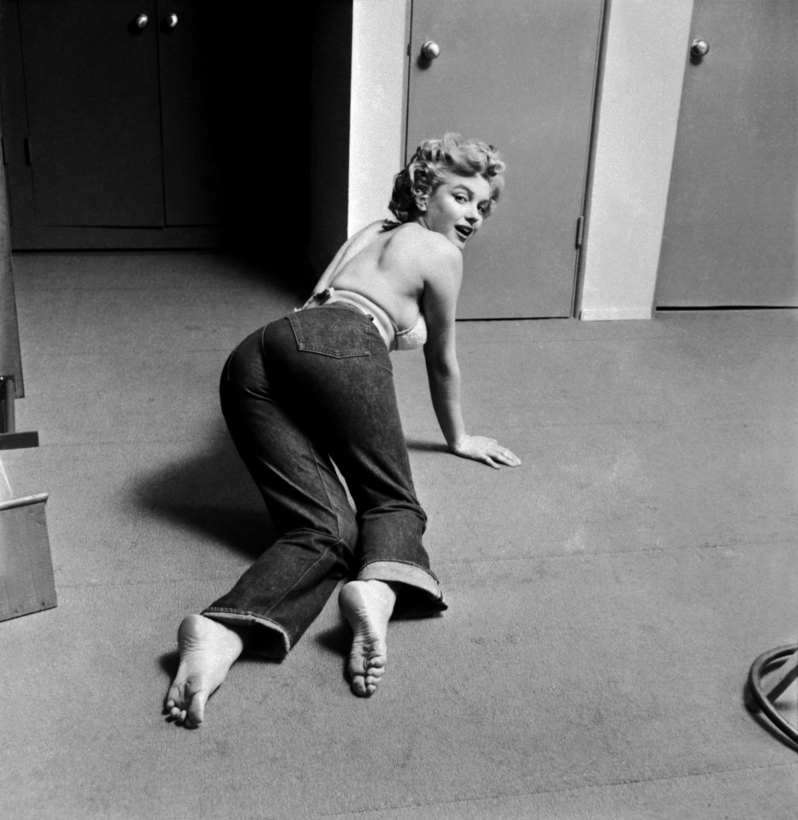In 1999, Time magazine declared Levi’s 501s the “best” fashion item of the 20th century, narrowly edging out the miniskirt and little black dress. Inextricably linked to the romance of the cowboy and the great American West, the blue denim jean—with copper rivets—helped launch the careers of stars like John Wayne and Elvis Presley, and was the de facto uniform at Woodstock. With “Levi Strauss: A History of American Style,” a new exhibition that traces the company’s evolution from local dry-goods store to pop-culture icon, the Contemporary Jewish Museum in San Francisco looks at how it all began.
Patented in 1873 by San Francisco merchant Levi Strauss and a tailor named Jacob Davis, the first jeans were fundamentally functional, a garment designed for laborers, from the Chinese immigrants who built the transcontinental railroad to poor prospectors hunting for gold in the California and Nevada deserts. It was actually the copper rivets, not the blue denim, that initially made jeans a success. Davis came up with the design while mending miners’ pants in Reno, Nevada, reinforcing stress points with metal rivets instead of thread.

By the 1970s, jeans had transcended workwear to become de rigueur, outfitting just about everyone: hip college students, the heiress Gloria Vanderbilt, even the couturier Yves Saint Laurent. Almost 150 years since its creation, the riveted denim jean—perhaps the most quintessentially American garment in history—is a worldwide phenomenon. The Global Denim Project at University College London, run by anthropologist Daniel Miller and sociologist Sophie Woodward, roughly estimates that every day more than half the world’s population is wearing jeans.
Why? Utilitarian uses aside, jeans happen to be sexy. (Think James Dean! Brooke Shields!) They are also democratizing. Indeed, the company’s history carries new significance in 2020. As Levi’s historian Tracey Panek explains, “For contemporary audiences, Levi’s legacy will resonate in the context of current issues like immigration, since Levi himself was an immigrant, and the role of business in society.” The youngest son in a German-Jewish family, Strauss immigrated to New York in the mid–19th century and a few years later took the perilous route to California by boat, going overland through Panama before the canal was built. His story embodies the mythology of the American Dream—a mythology that has come under new scrutiny recently. From Budweiser commercials to newspaper op-eds, we are grappling with what the American Dream means in the 21st century. The story of Levi Strauss reminds us that America was invented by immigrants, and that American style is about the freedom to move—physically, economically, and spiritually. —Emma McClendon

